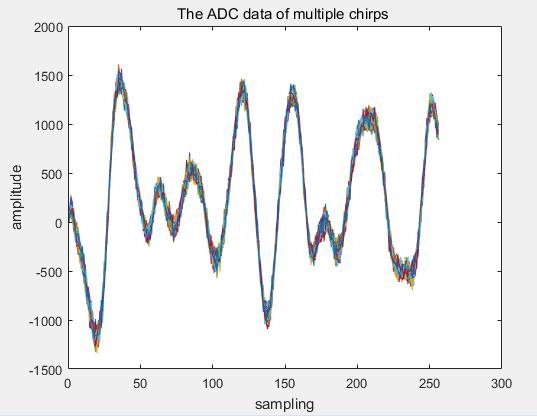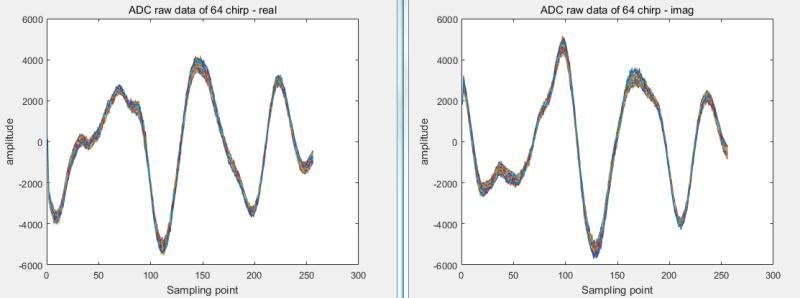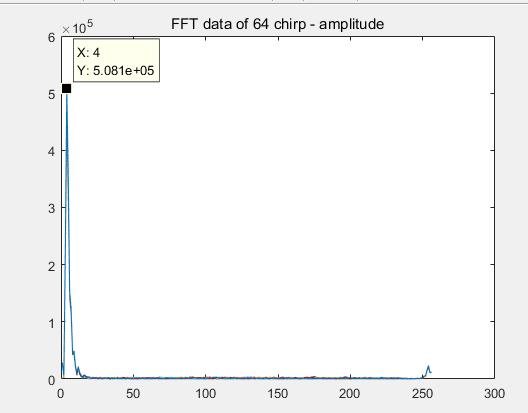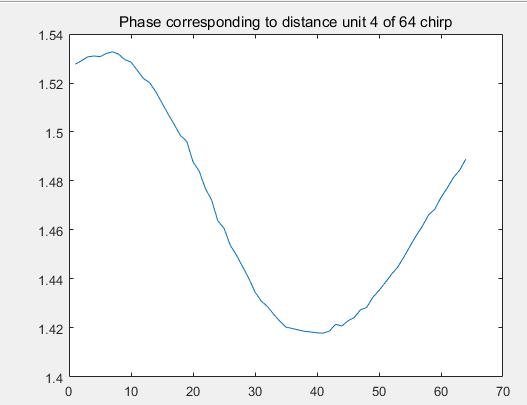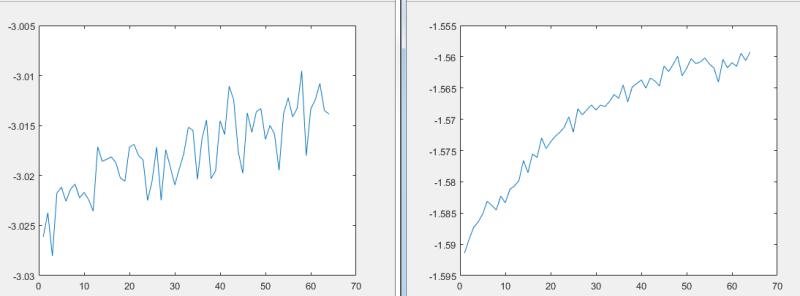We use iwr6843 to do target detection and collect ADC raw data. For a fixed target, the radar is in a completely static state, and the target is in a completely static state. For multiple chirp data of the same antenna channel of a frame (such as the number of chirps is 64). After doing FFT of distance dimension, the phase of the target's signal will suddenly change in a chirp. Theoretically, the radar is still, the target is still, and the phase of the target echo should be relatively stable between different chirps in the same frame, and the time of phase jump is random. ES1.0 Without this problem.Why is this happening now in ES 2.0?
-
Ask a related question
What is a related question?A related question is a question created from another question. When the related question is created, it will be automatically linked to the original question.



